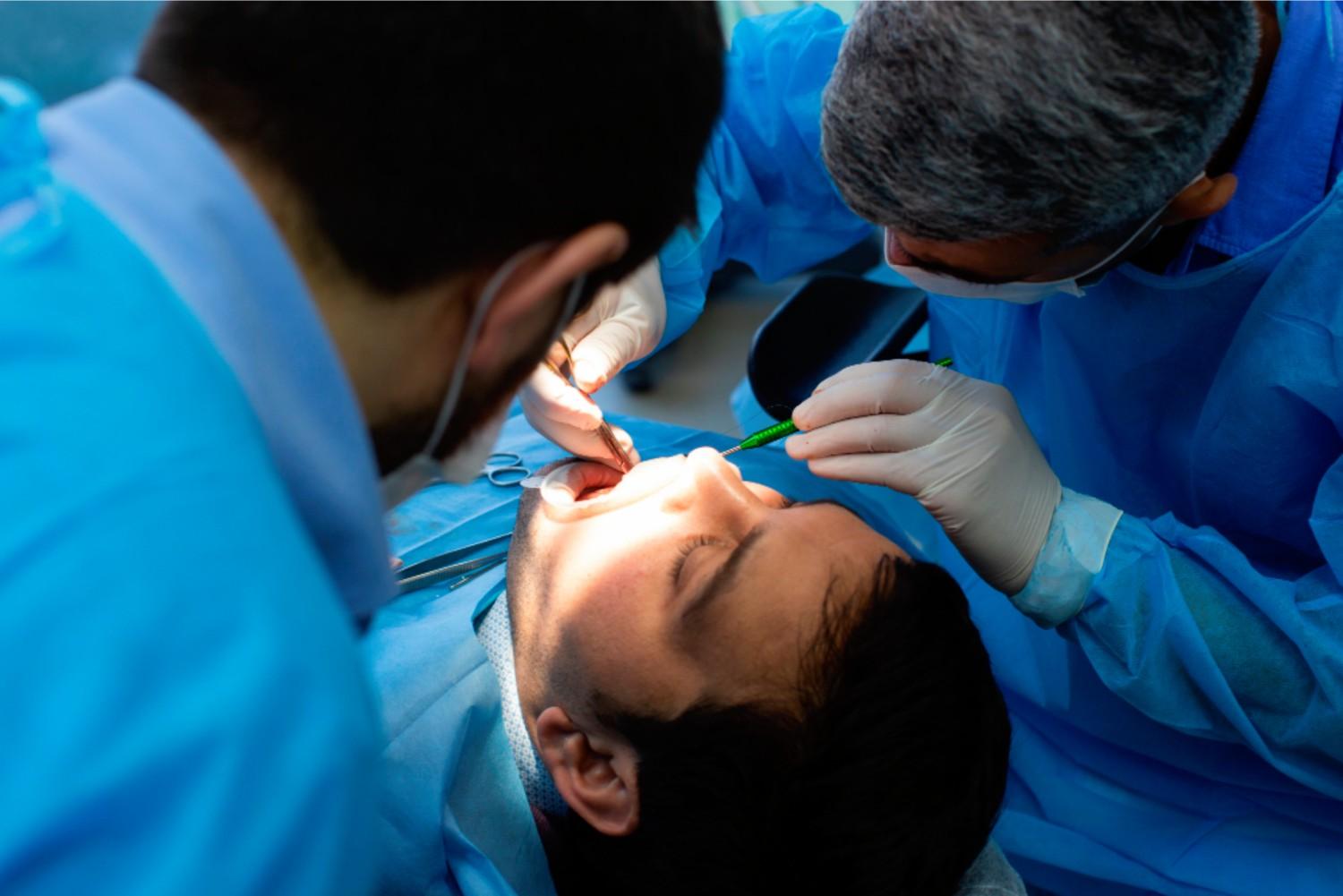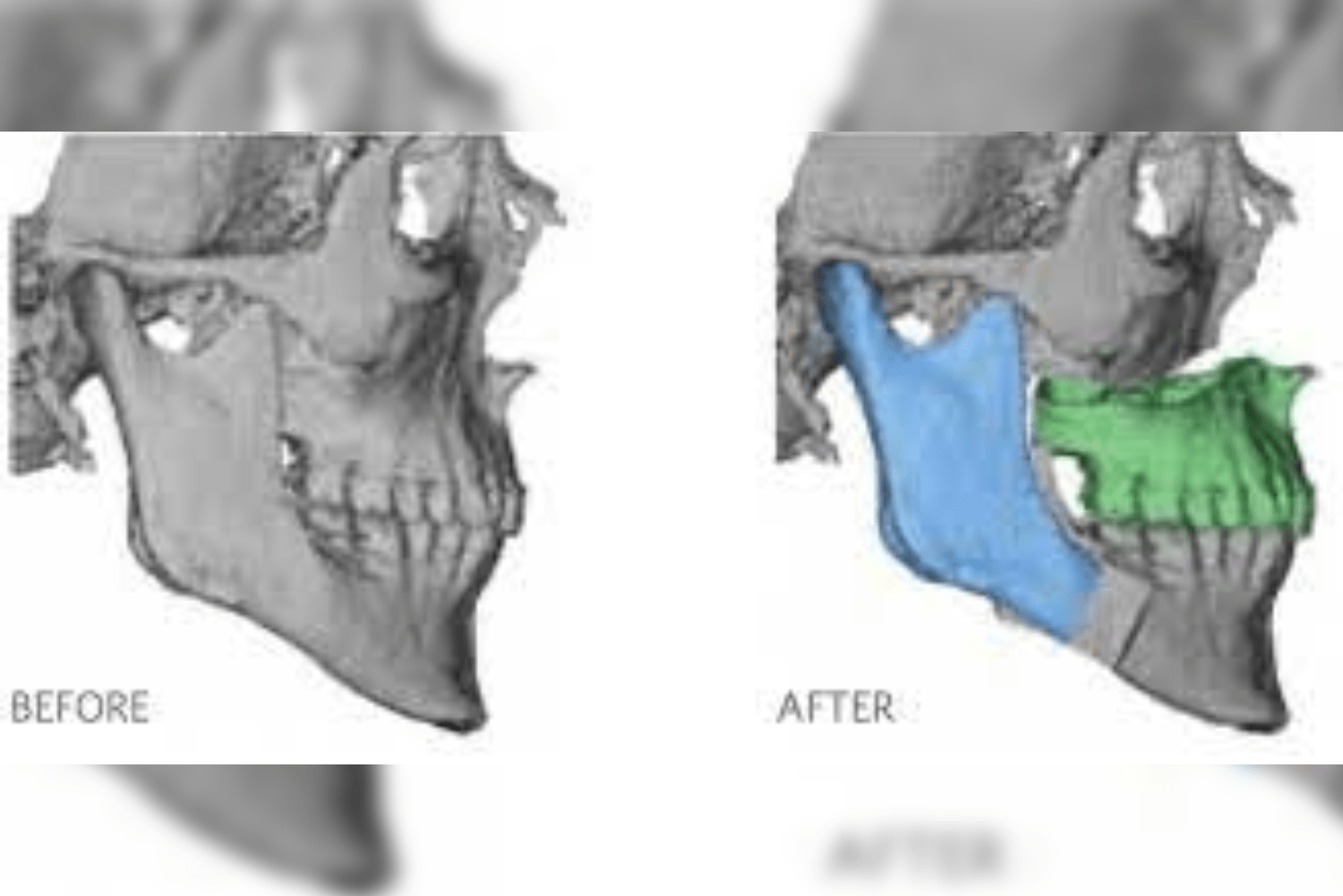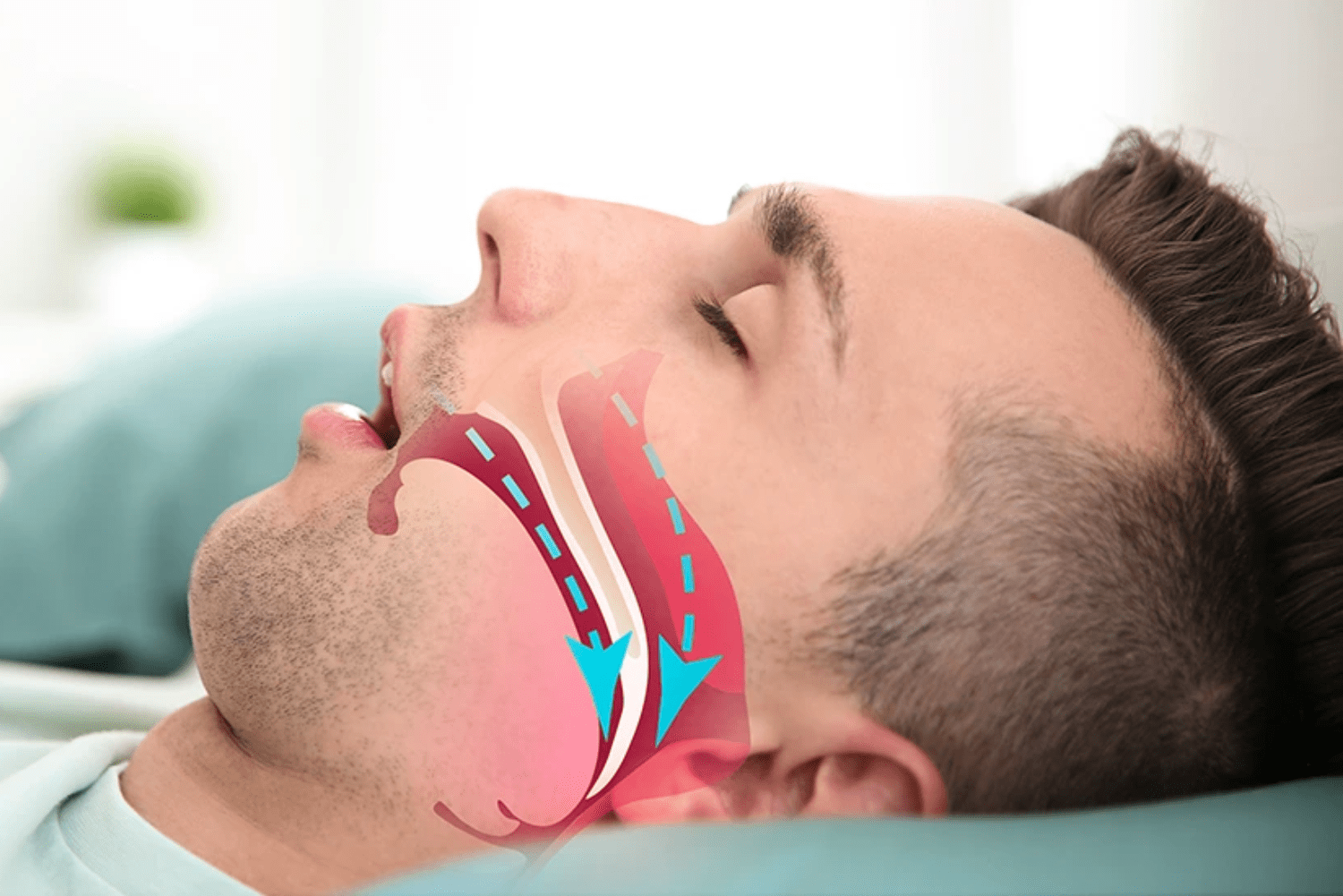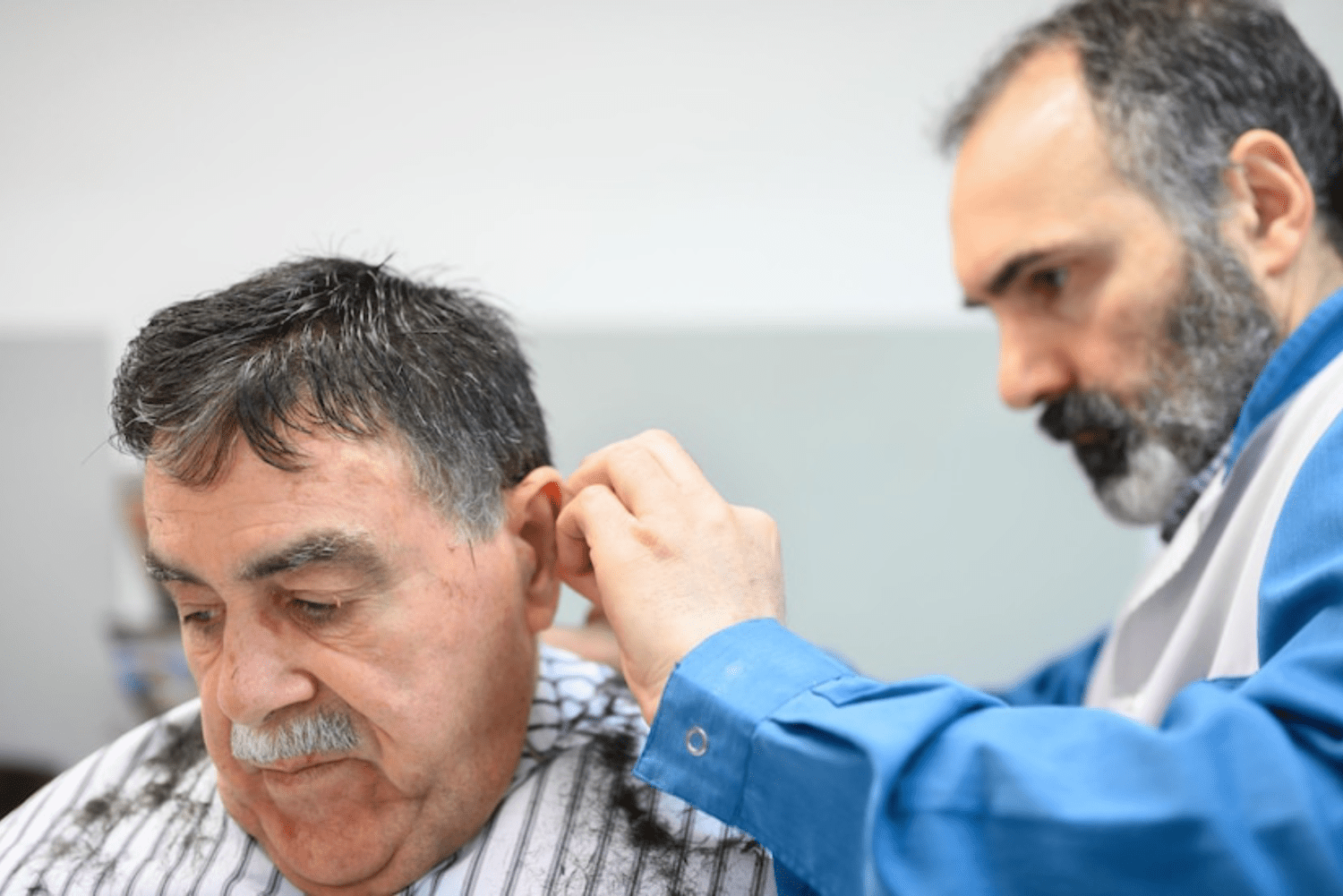What Does Voice Feminization Surgery Mean?
Amongst the many gender affirmation surgeries, Voice Feminization Surgery is one which is done to make the voice more feminine. It is performed to raise the pitch of voice, which is followed by speech therapy that focuses on voice resonance as well as voice quality. Females have a pitch that is 145 Hz octave A3 to C4 and above, whereas males have a lower pitch and octave.
This Voice Feminization Surgery is aimed at increasing vocal cord tension, reducing vocal cord mass, or shortening of vocal cords that alters the pitch. Pitch is the only correctable component by surgery, which can be done externally or completely endoscopically.
How Is The Patient Prepared?
Step 1:
Voice therapy is usually preferred before the surgery, and the patient is assessed by a speech-language pathologist who works on vocal cord exercises. These are exercises that cause expansion and contraction of the muscles in the vocal cords several times a day, which increases the strength of the muscles and aims at improving post-op recovery before voice feminization surgery.
Step 2:
Maintaining vocal hygiene: This involves complete cessation of smoking before surgery and maintaining good hydration, avoidance of alcoholic and carbonated beverages. This is also continued postoperatively to speed the recovery.
How Is The Procedure Done?
The procedure is done under general anesthesia with the patient in supine (head facing up) and neck in an extended position.
If the procedure is done endoscopically, a thin tube known as a laryngoscope is inserted into the mouth, and the surgery is done camera-aided with no scar or incision done externally.
If the procedure is done externally, an incision is made on the neck (usually a horizontal incision along the neck crease).
The advantage of endoscopic procedures in voice feminization surgery is that they are less invasive and have a shorter recovery time.
WHAT ARE THE APPROACHES TO VOCAL FEMINIZATION SURGERY?
There are many surgeries for vocal feminization; the commonly performed are:
GLOTTOPLASTY: This involves removing several layers of the vocal cords and also shortening them with several stitches to reduce the overall length of the voice box. This is the most commonly done voice feminization surgery.
LASER REDUCTION GLOTTOTRACHELLOPLASTY: This is done by destroying the outermost tissues of the vocal cord by means of the energy of a laser, hence known as laser-assisted voice adjustment. The advantage is lesser collateral tissue damage and a bloodless procedure.
FEMINIZATION LARYNGOPLASTY: This is done by removing a part of the thyroid cartilage and shortening the vocal cord.
Amongst these, one voice feminization surgery is chosen based on which is best suited for the patient.
HOW LONG IS THE PROCEDURE?
The procedure typically takes anywhere between one and three hours. The variation in time is because of the different subtle variations in technique that might be there from patient to patient, which, at our hospital, is backed up with our good anesthetic team and intensive care facilities. This ensures that the voice feminization surgery is performed safely and effectively.
HOW IS THE POST OP RECOVERY?
It is advised that patients do not speak for 48 to 72 hours after surgery to promote quick healing and ensure a good surgical outcome. Post surgery, patients may be on a liquid, non-spicy diet for several days and are advised to avoid smoking, caffeine, and carbonated drinks for several months after surgery.
Patients are always followed up with post-op speech rehabilitation, whereby the Speech Language Pathologist works with the patient to improve other aspects like voice resonance and voice quality. This is an essential part of voice feminization surgery recovery.
Patients may be advised to stay in inpatient care for a few days (subjective) and are discharged depending upon their recovery.
RISKS VS BENEFITS?
A good surgical outcome is achieved when the pitch of the voice is successfully raised. However, this process may take several weeks as the surgically induced synechiae form, a process that is supported by vocal exercises guided by a speech therapist. It is always advised to work with your speech therapist prior to surgery to understand what can be expected for each individual and how much of a successful transition is achievable.
Potential risks may include:
-
A voice that feels strained or slightly higher in pitch than desired, which may sound unpleasant initially.
-
Temporary hoarseness lasting a few days.
With diligent follow-up care, a good surgical outcome can be reliably achieved, and over several weeks, the desired results can become permanent.
To understand your individual outcome and the risks involved, please consult our team in person.
ABOUT RICHARDSONS FACE HOSPITALS
At Richardson Face Hospital, we offer state-of-the-art facilities and a highly experienced panel of doctors, including ENT surgeons, speech therapists, and an anesthesia team. We provide a completely scarless, endoscopic procedure with early recovery and desirable results.












